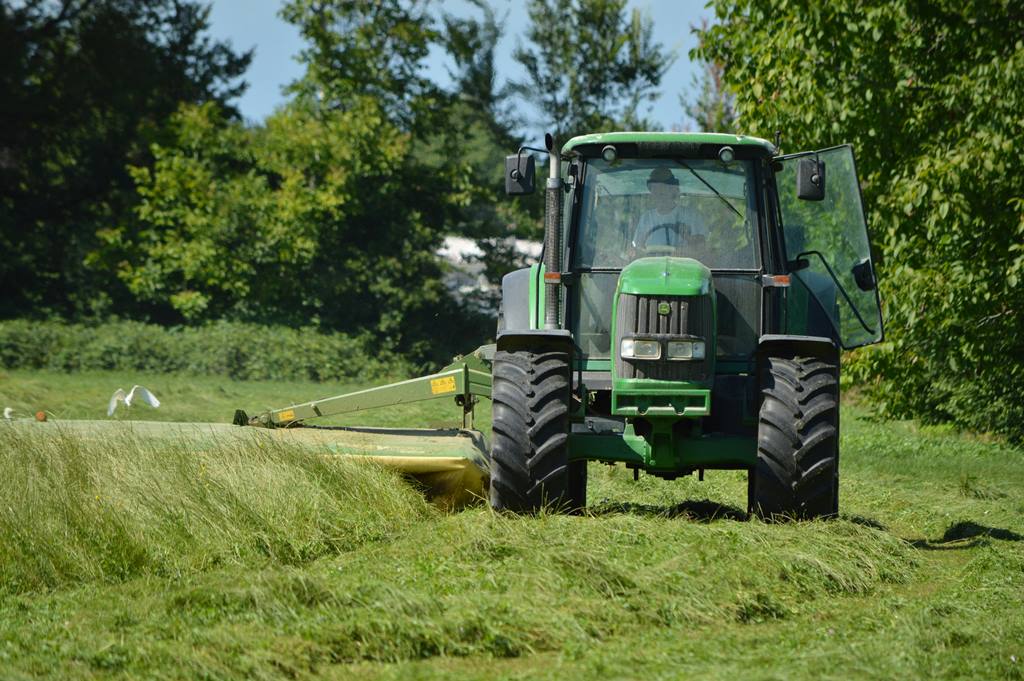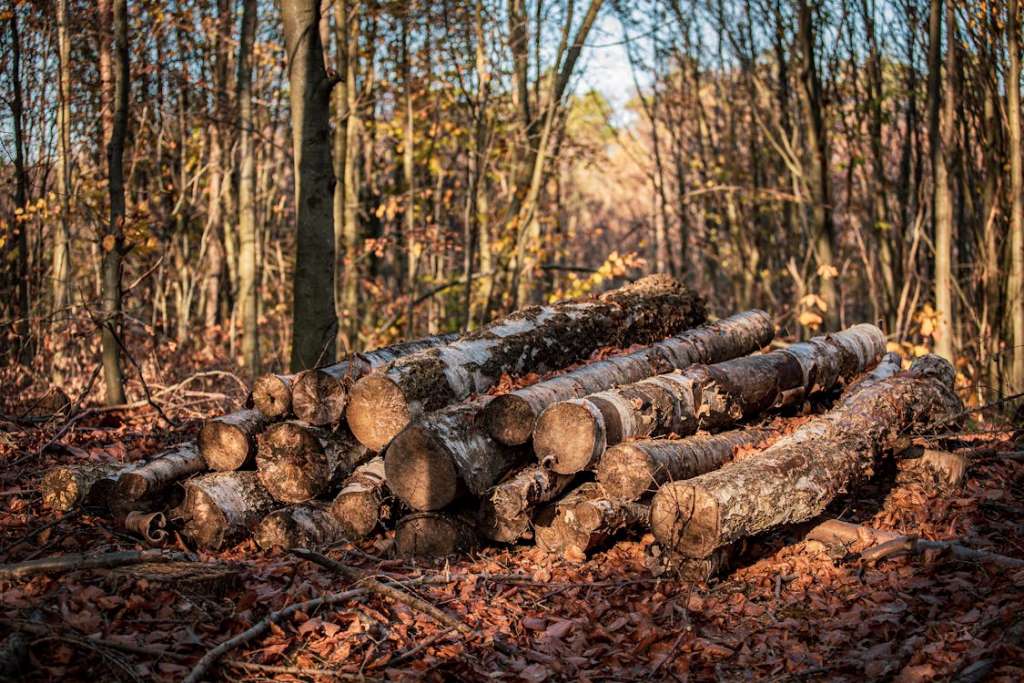
Understanding Different Types of Clamps
- Bar Clamps: These are versatile clamps used to hold objects together at a right angle. They’re ideal for securing boards, pipes, and other materials. They come in various sizes, from small bench clamps to large pipe clamps.
- G-Clamps: Also known as C-clamps, these are great for clamping flat surfaces together. They’re often used in woodworking and metalworking. G-clamps are available in different sizes and styles, including heavy-duty models with swivel pads.
- Spring Clamps: These are smaller clamps with spring-loaded jaws, perfect for holding delicate or lightweight materials. They’re commonly used in crafts and hobbies, as well as for securing small components during assembly.
- Pipe Clamps: Designed specifically for holding pipes securely, these clamps come in various sizes to accommodate different pipe diameters. They’re essential for plumbing and construction projects.
- Specialty Clamps: For unique applications, there are specialty clamps like stone clamps, boulder clamps, and emergency clamps. Stone clamps are designed to hold large, heavy stones in place during landscaping projects. Boulder clamps are similar but are specifically designed for securing boulders. Emergency clamps can be used in various situations, such as holding broken pipes or damaged structures together temporarily.
Essential Tips for Effective Clamp Use
- Choose the right clamp for the job: Consider the size, weight, and material of the objects you’re working with. For example, a bar clamp might be suitable for securing boards together, while a G-clamp would be better for clamping metal plates.
- Ensure proper alignment: Before tightening the clamp, make sure the objects are aligned correctly to prevent damage. Misalignment can lead to uneven pressure and potential damage to the materials.
- Apply appropriate pressure: Tighten the clamp just enough to hold the objects securely without causing damage. Overtightening can lead to dents, scratches, or even breakage.
- Use protective padding: If necessary, place padding between the clamp and the material to prevent scratches or dents. This is especially important when working with delicate or finished surfaces.
- Consider safety first: Always wear appropriate safety gear, such as gloves and eye protection, when using clamps. Clamps can be heavy and can cause injuries if not handled properly.
Beyond the Basics: Advanced Techniques

- Combining clamps: For complex projects, you may need to combine different types of clamps to achieve the desired results. For example, you could use a bar clamp to hold two pieces of wood together while using a spring clamp to secure a smaller component in place.
- Using clamping accessories: There are various accessories available to enhance the functionality of clamps. For example, you can use extension bars to increase the reach of a bar clamp or use swivel pads to adjust the angle of a G-clamp.
- Clamping irregular shapes: Clamping irregular shapes can be challenging, but it’s possible with the right techniques and tools. Consider using multiple clamps or using a combination of clamps and other tools, such as wedges or shims, to secure the objects in place.
When to Call a Professional
While clamps are generally easy to use, there are situations where it’s best to seek professional assistance. If you’re dealing with heavy or oversized materials, or if you’re unsure about the proper techniques, it’s advisable to consult a landscape equipment expert. Professionals have the experience and equipment to handle complex projects safely and efficiently.
Final Thoughts
Mastering the art of clamp use is a valuable skill for any DIY landscaper. By understanding different types of clamps and following these essential tips, you can enhance the quality and efficiency of your projects. Remember, a well-placed clamp can make a big difference in the final outcome.
